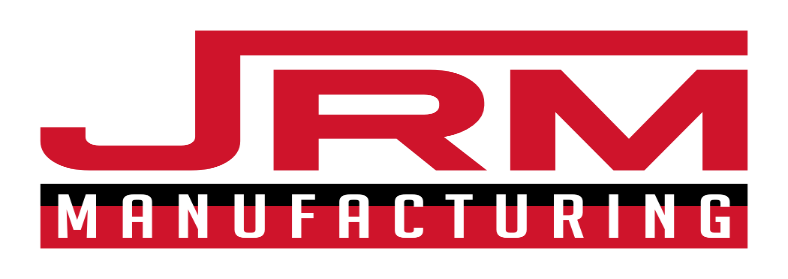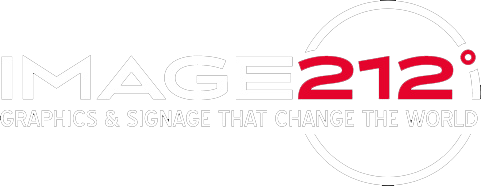When you’re breaking ground on a new commercial or residential project, signage might not be the first thing on your list, but it should be.
Whether you’re developing a shopping center, an office complex, or a planned neighborhood, signage isn’t just the finishing touch. It plays a key role in visibility, branding, wayfinding, and compliance. When you integrate signage into your development plans from the beginning, you make sure your property is set up for long-term success.
Why Signage for New Developments Matters
Too often, signs get treated as an afterthought. That can lead to delays, design mismatches, or costly changes down the line. But when signage is part of the blueprint, everything flows together, architecturally, functionally, and aesthetically.
Here’s why signage planning for builders makes a major difference:
1. Start Branding Before the Project is Finished
Your signage is often the first introduction the public has to your development. Think about the “Coming Soon” banners or branded monument signs you see on construction sites. These are your first marketing tools.
Well-designed real estate development signs and commercial construction signage can:
- Build early excitement for what’s to come
- Attract interest from tenants, buyers, or investors
- Help establish the visual identity of the project
When your signage shows up before the building is even finished, your brand gets a head start.
2. Design Cohesion and Fewer Headaches
If signs are considered too late, they often clash with the architecture or require retrofits. Planning ahead avoids those issues. By including sign placement, style, and materials in your initial construction drawings, you can streamline the process and avoid missteps. This is especially important on larger or multi-phase sites where scale adds complexity. We talked more about that in Signage Gets Complex: Consulting is Key for Large‑Scale Projects.
It’s about making sure your signs don’t just stand out—they fit in.
3. Code Compliance and Safety Signage
It’s not just about the big branded signs. Every new build also needs safety and directional signage to meet local regulations. If you’re not thinking about these during the planning stage, you could face delays at inspection.
These signs might include:
- ADA-compliant room markers
- Parking and fire lane signs
- Exit and emergency route signs
- Internal wayfinding systems
Budgeting and planning for these signs upfront keeps everything on schedule and avoids last-minute scrambling.
4. Better Experiences for Tenants and Visitors
Clear, attractive signage isn’t just about looking good. It helps people move through your property confidently and comfortably. A well-thought-out signage system adds polish to your development and improves functionality across the board.
From building identification to directional markers, your signs help make that first impression a positive one.
Make Signage Part of the Plan from Day One
If you’re a builder, developer, or general contractor, the signs you install are more than just labels—they are a vital part of your project’s identity and usability. And like everything else in your blueprint, they deserve early attention.
At Mello Signs, we partner with developers across Texas to provide complete signage solutions, from permitting and design to fabrication and installation. We make sure your signs are ready when you need them, and that they reflect the quality of the space you’re building.
Planning a development? Let’s talk signs.
Start your signage planning with us at mello-signs.com/contact or call us at (682) 312-5338 for a FREE consultation.


